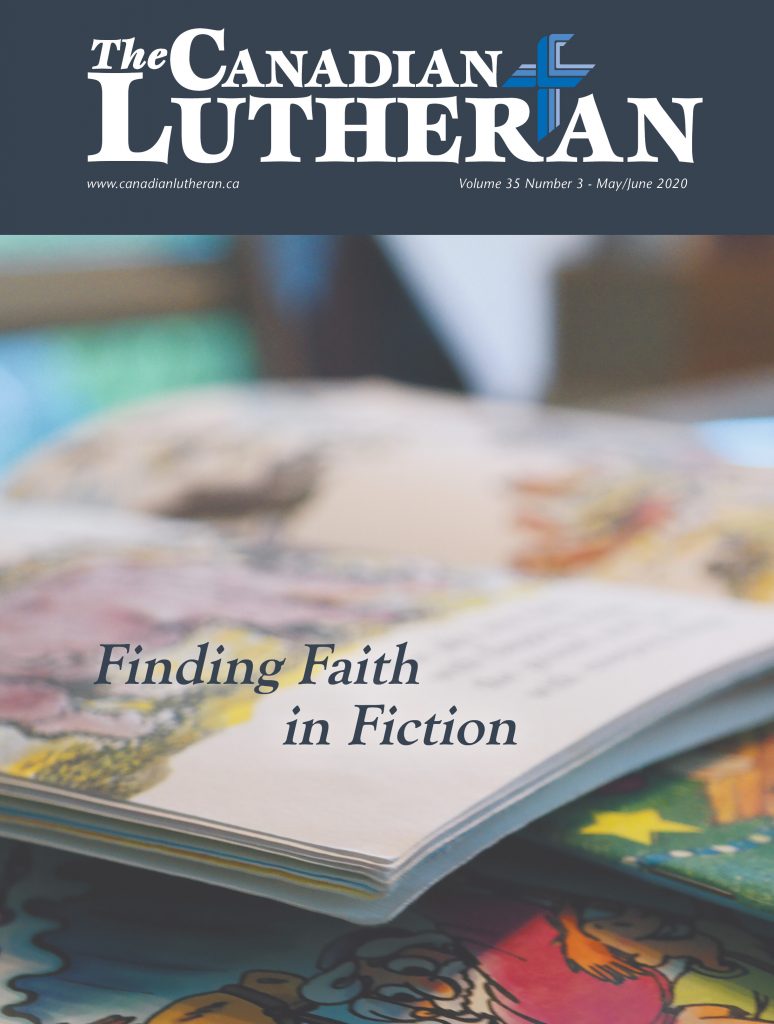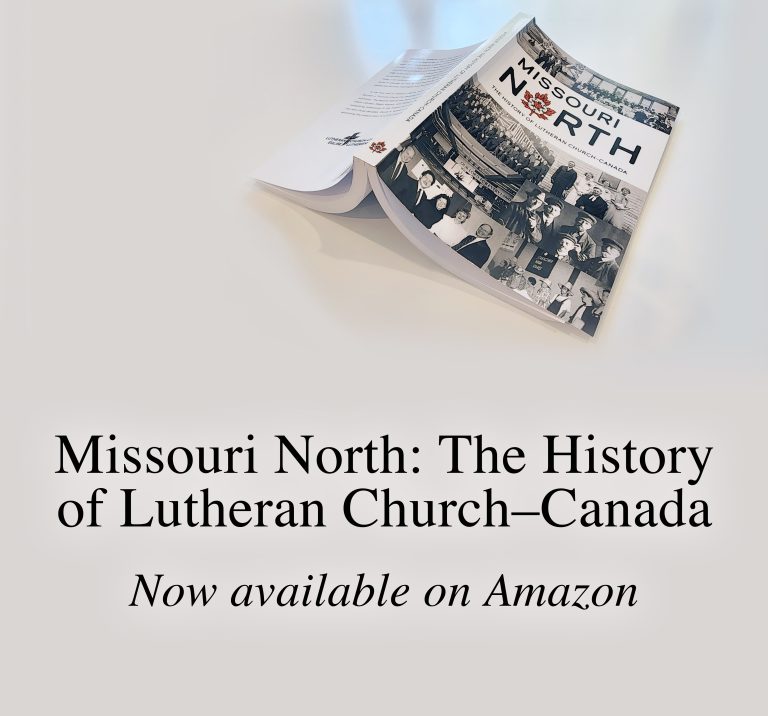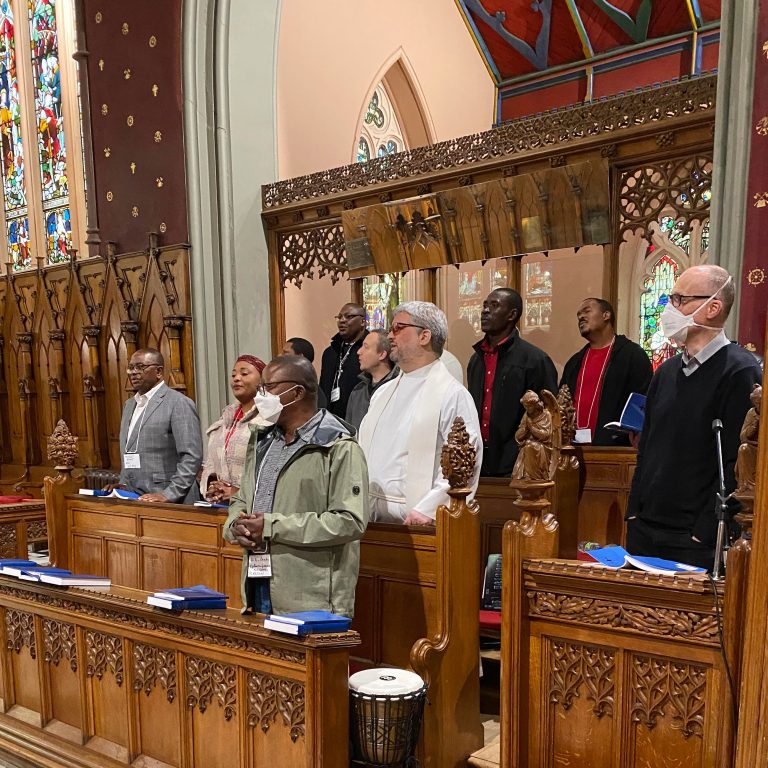Seeing Jesus
 by Mathew Block
by Mathew Block
“The hour has come for the Son of Man to be glorified. Truly, truly, I say to you, unless a grain of wheat falls into the earth and dies, it remains alone; but if it dies, it bears much fruit.” – John 12:24.
So says Jesus upon hearing the news that even Greeks were now seeking Him out. “We wish to see Jesus,” they had said to the disciples, and the disciples bring the request to Jesus. The Lord responds that His glory will indeed be revealed to the world—but not in a way the disciples might expect. It is a glory that will bear much fruit, a glory that will welcome Jews and non-Jews alike, but it is a glory that will be revealed only through His death and resurrection.
Jesus ends the lesson with the invitation to follow Him, even if it should cost His followers their lives. They too like wheat must be sown into the earth, that a greater harvest might be reaped (12:24-26).
He draws a lesson from the natural world (the planting of grain) to teach a supernatural reality (the death and resurrection of Christ). It is a story, yes, but it conceals a deeper truth—a truth that buries itself in the hearts of those who have ears to hear.
But what of the Greeks’ original request—the request to see Jesus? We never are told whether they actually get to see Him or not. But they will inevitably have heard the report of Jesus’ answer. And what a curious answer it is: those who wish to “see” Jesus receive instead a story about wheat. What is more, they are commanded to follow One whom they have not necessarily even seen.
How can we follow Him whom we have not seen? That is our dilemma too. We also wish to see Jesus; but He is hidden from our eyes. We wish to behold Him face to face; but instead we receive a book—a story—in response.
In a way, Jesus’ story is itself like a grain of wheat. On its own it is dead; but buried in the hearts of those who hear the story, it springs to life. It takes root in the imagination and grows to fill the mind’s eye, grows until at last the hearers “see” the crucified and risen One they have always longed to see.
And yet, perhaps, this is not so strange a response. God knows that we humans “see” things in more than one way. When confronted with the Greeks’ request to “see Jesus,” he appeals not to their eyes but to their imaginations. He draws a lesson from the natural world (the planting of grain) to teach a supernatural reality (the death and resurrection of Christ). It is a story, yes, but it conceals a deeper truth—a truth that buries itself in the hearts of those who have ears to hear.
 In a way, Jesus’ story is itself like a grain of wheat. On its own it is dead; but buried in the hearts of those who hear the story, it springs to life. It takes root in the imagination and grows to fill the mind’s eye, grows until at last the hearers “see” the crucified and risen One they have always longed to see.
In a way, Jesus’ story is itself like a grain of wheat. On its own it is dead; but buried in the hearts of those who hear the story, it springs to life. It takes root in the imagination and grows to fill the mind’s eye, grows until at last the hearers “see” the crucified and risen One they have always longed to see.
Jesus often teaches in this way. Sometimes he uses a brief analogy, as here. Other times He tells elaborate tales—the story of the Prodigal Son (Luke 15:11-32), for example, or the Rich Man and Lazarus (Luke 16:19-31). Jesus understands that His listeners will be intrigued by these stories, wondering what they might mean.
This is Jesus’ way: He does not merely tell; He paints a picture. He does not simply say “I will care for you;” He calls Himself our Good Shepherd. He does not merely teach us theological truths; He wraps them up in parables. He uses story to enchant us, to draw us deeper into His own story. He uses words on a page to bring the story to life inside of us—because it is alive. “For the Word of God is living and active,” we read in Hebrews, “sharper than any two-edged sword, piercing to the division of soul and spirit” (4:12).
The power of God’s Word at work through parable and fiction has encouraged Christians down through the centuries to trust Him to work also through their own feebler literary creations. John Bunyan, in his classic tale The Pilgrim’s Progress, directly appeals to the parables of Jesus as an example of how fiction can convey truth. “Dark clouds bring waters,” he notes, “when the bright bring none.” So too, he says, “some men, by feign’d words, as dark as mine / Make truth to spangle, and its rays to shine.”
But we must read critically: we do well to take the great English poet Chaucer’s instruction to “take the fruit” (i.e., the grain) from what we read and let go the chaff. Bury that wheat inside and let it grow.
Sometimes we see glimpses of that truth even in stories written by non-Christians. God is, after all, the giver of all good things—and literature is among those good gifts. God works through the vocation of writers to entertain, to teach, to inspire. But we must read critically: we do well to take the great English poet Chaucer’s instruction to “take the fruit” (i.e., the grain) from what we read and let go the chaff. Bury that wheat inside and let it grow.
In this world, the Apostle Paul writes, “we see in a mirror dimly” (1 Corinthians 3:12). Sometimes stories are just the thing to reflect the light of truth into our darkened eyes. God-willing, the seeds of story, properly sown and properly watered, will bring forth a harvest of blessings for readers, until at last we leave behind mirrors and see God “face to face” (3:12). On that day, we and those Greeks of so long ago will finally have the desire of our hearts: we shall “see Jesus” as He is.
———————
Mathew Block is editor of The Canadian Lutheran and communications manager for the International Lutheran Council.





